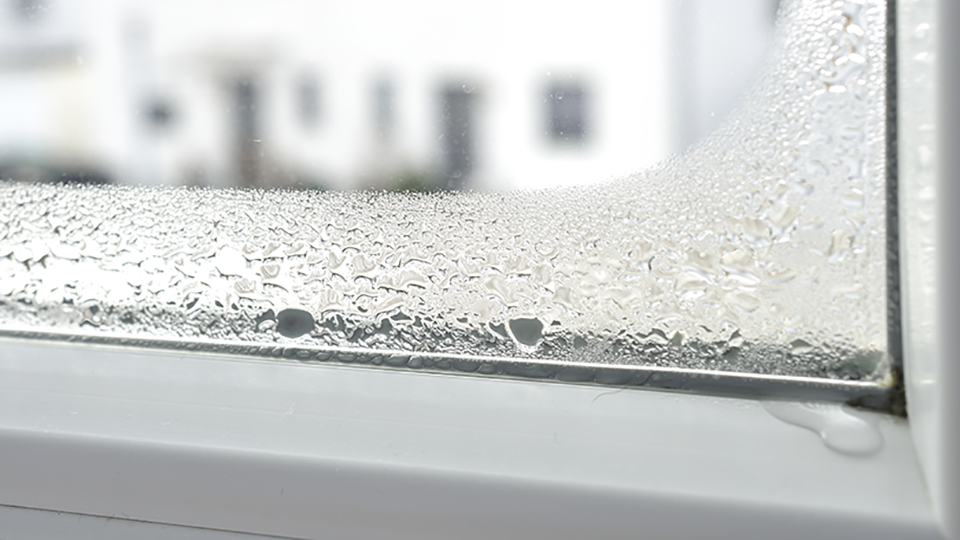
Foundation Fix: Addressing and Repairing Cracks with Expertise
The foundation is the backbone of your home, and when cracks appear, it’s crucial to address and repair them promptly. Ignoring foundation cracks can lead to structural issues, compromising the stability of your home. Let’s delve into the process of repairing a cracked foundation with the expertise needed to ensure a solid and secure home foundation.
1. Identifying the Types of Foundation Cracks
Before diving into repairs, it’s essential to identify the types of foundation cracks. There are various cracks, including vertical cracks, horizontal cracks, and stair-step cracks. Each type may indicate different issues, such as settling, soil pressure, or water damage. Understanding the type of crack helps in determining the appropriate repair approach.
Repair a Cracked Foundation with Designing Temptation
Explore quality foundation repair products and solutions at DesigningTemptation.com. Ensure a durable and long-lasting fix for your cracked foundation with expert-recommended products.
2. Conducting a Professional Inspection
While DIY assessments are helpful, it’s advisable to seek professional help for a comprehensive inspection. Foundation experts can identify the root cause of the cracks and recommend a tailored repair plan. Professional inspections provide a deeper understanding of the extent of the damage and the best course of action.
3. Addressing Minor Foundation Cracks
Not all foundation cracks require extensive repairs. Minor cracks, often caused by normal settling, can be addressed with simple solutions. Applying epoxy or polyurethane injections to fill and seal small cracks is a common method. These materials strengthen the foundation and prevent water infiltration.
4. Stabilizing Foundation Settling
Vertical cracks due to foundation settling may require stabilization. Helical piers or steel push piers are effective solutions to lift and stabilize a settling foundation. These supports are driven into the ground to provide additional support and prevent further settling.
5. Repairing Horizontal Foundation Cracks
Horizontal cracks are more concerning and may indicate excessive soil pressure or water damage. Repairing these cracks often involves installing carbon fiber strips, steel braces, or wall anchors. These reinforcements provide lateral support, preventing further horizontal movement.
6. Addressing Stair-Step Cracks in Masonry
Stair-step cracks in masonry, particularly in brick or concrete block walls, are common signs of foundation movement. Repairing these cracks involves reinforcing the affected area with helical tiebacks or carbon fiber strips. These solutions stabilize the masonry and prevent further cracking.
7. Mitigating Water Damage Issues
Water damage is a significant contributor to foundation cracks. Addressing drainage issues, improving grading around the home, and installing proper drainage systems help mitigate water-related foundation problems. Ensuring a dry foundation environment is essential for long-term stability.
8. Employing Slabjacking for Sunken Concrete Slabs
If your foundation includes concrete slabs that have sunk due to soil erosion or settling, slabjacking is a suitable solution. This process involves injecting a grout mixture under the sunken slab, raising it to its original position. Slabjacking is an effective way to level and stabilize sunken concrete surfaces.
9. Seeking Ongoing Maintenance Strategies
After repairing a cracked foundation, implementing ongoing maintenance strategies is crucial. Regularly inspect for new cracks, monitor changes in the foundation, and address any water-related issues promptly. Preventive maintenance helps preserve the integrity of the repaired foundation and ensures long-term stability.
10. Consulting with Foundation Experts for Long-Term Solutions
For a comprehensive and long-term foundation solution, consult with foundation experts. They can assess the specific conditions of your home, recommend tailored repairs, and provide guidance on preventive measures. Investing in professional expertise ensures the longevity and stability of your home’s foundation.
Conclusion: A Solid Foundation for a Secure Home
In conclusion, addressing and repairing a cracked foundation is a critical aspect of maintaining a secure and stable home. By identifying the types of cracks, seeking professional inspections, and employing appropriate repair strategies, you can ensure a solid foundation for your home. Explore quality foundation repair solutions at DesigningTemptation.com to embark on your journey towards a secure and resilient foundation.

